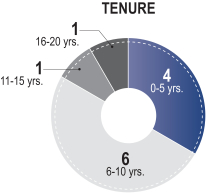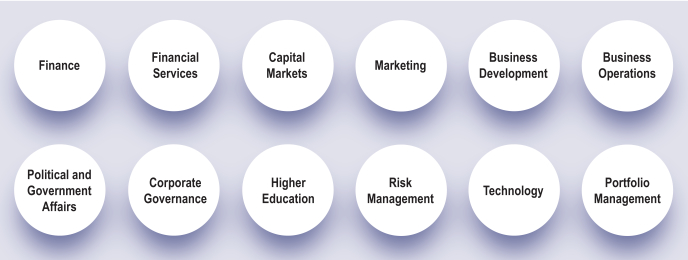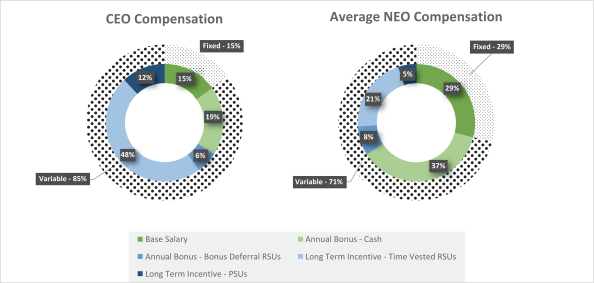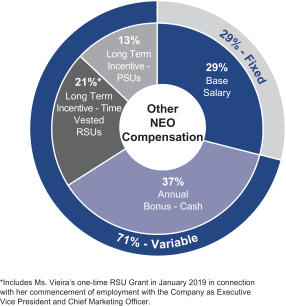
300 Continental Drive
| 300 Continental Drive Newark, Delaware 19713 |
LETTER FROM THE CHAIRMAN
OF THE BOARD OF DIRECTORS
May 4, 20185, 2020
Dear Fellow Stockholders:
As the premier brand for college and continuous education, Sallie Mae builds prosperous futures by providing access, planning outcomes, and helping students and families responsibly fund their future. Education is the foundation for success and the proven pathway to economic mobility. We are proud to serve the 456,000 students and families who selected us last year as they invested in their future through education.
This year, like many other organizations, we have needed to change the way we work, socialize, and live our daily lives in the face of theCOVID-19 crisis. Our team has shown an extraordinary adaptability in the face of this ever-changing landscape. In particular, I want to recognize those employees who continue to serve our customers, develop new solutions to ensure the health and safety of our employees, keep our facilities safe, and keep our business running smoothly throughout this global pandemic.
We continue to take tangible actions to position our franchise for long-term success, including focusing our resources on key growth opportunities, providing high-quality private student loans, and offering competitive financing for grad school.
In addition, we remain committed to these values every day of the year: Connect, Thrive, Do Right, Dare to Do, and Make a Difference. Sallie Mae’s efforts to live these values are highlighted in our inaugural Corporate Social Responsibility report that was published in March 2020 and available on our website.
Finally, I am pleased to introduce Jonathan W. Witter, our new Chief Executive Officer. Jon is an industry veteran bringing nearly three decades of executive leadership, banking expertise, and operational management to Sallie Mae. He is a strategic leader with a demonstrated ability to improvetop- and bottom-line performance, while enhancing customer experience. Most recently, he served as Executive Vice President and Chief Customer Officer of Hilton, where he oversaw the company’s global brands, marketing, loyalty and partnerships, IT, and strategy teams. Prior to his role at Hilton, Jon held leadership positions at Capital One, Morgan Stanley, and Wachovia.
Our Board and management team are confident that Jon is ideally suited to lead Sallie Mae, and under his leadership, we will continue to perform and deliver on our long-term growth plans.
Please join us for the SLM Corporation (“Sallie Mae”) 20182020 Annual Meeting of Stockholders (the “Annual Meeting”) on Thursday, June 21, 2018,18, 2020, at 11:00 a.m. Eastern Daylight Time in our corporate headquarters locatedto be held virtually via the Internet at 300 Continental Drive, Newark, Delaware 19713.
We are pleased 2017 was another solid year as evidenced by customer experience innovations, continued improvements in our net interest margin, sound credit trends, increased operating efficiency, and an expanding market share, which all contributed to our strong earnings growth. In addition, last year’s tax legislation will increase our earnings, resulting in both higher profits and the opportunity to invest in service upgrades, technological efficiencies, and diversified product offerings, all of which will strengthen our franchise for the future. I applaud our more than 1,500 employees and their continued commitment to our customers and making college happen.www.virtualshareholdermeeting.com/SLM2020.
Details of the business to be conducted at the Annual Meeting are provided in the attached Notice of Annual Meeting and proxy statement. You are being asked to vote on a number of important matters. Your vote is important, regardless of the number of shares you own, and all holders of our Common Stock are cordially invited to attend the Annual Meeting in person.Meeting. Whether or not you plan to attend the Annual Meeting, please vote at your earliest convenience by following the instructions in the Notice of Availability of Proxy Materials or the proxy card you received in the mail.
Thank you for your continued support of Sallie Mae.
Sincerely,
|
|
Raymond J. Quinlan |
Chairman of the Board of Directors
|


















